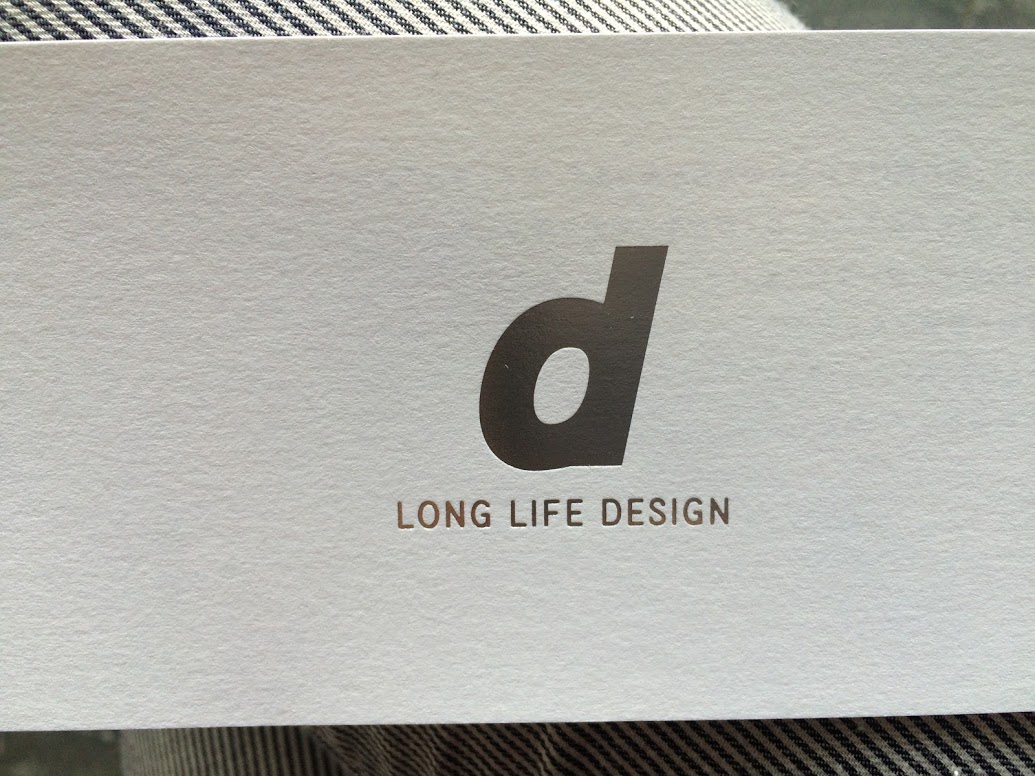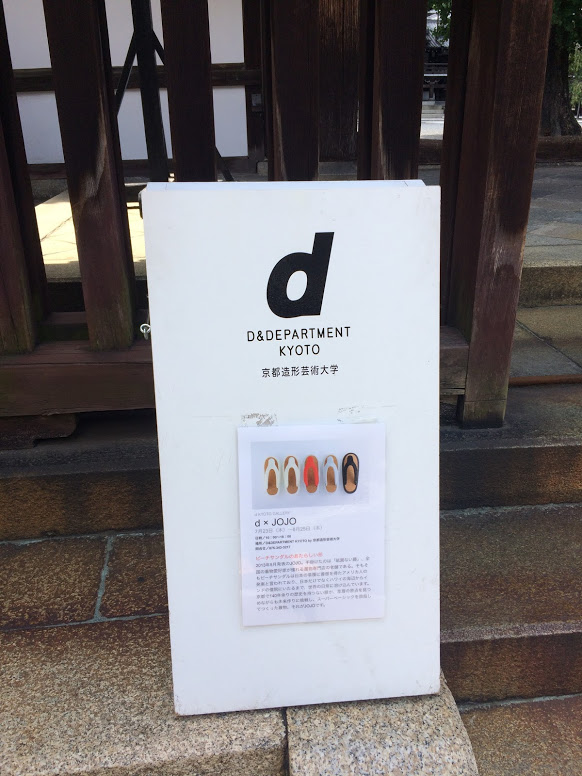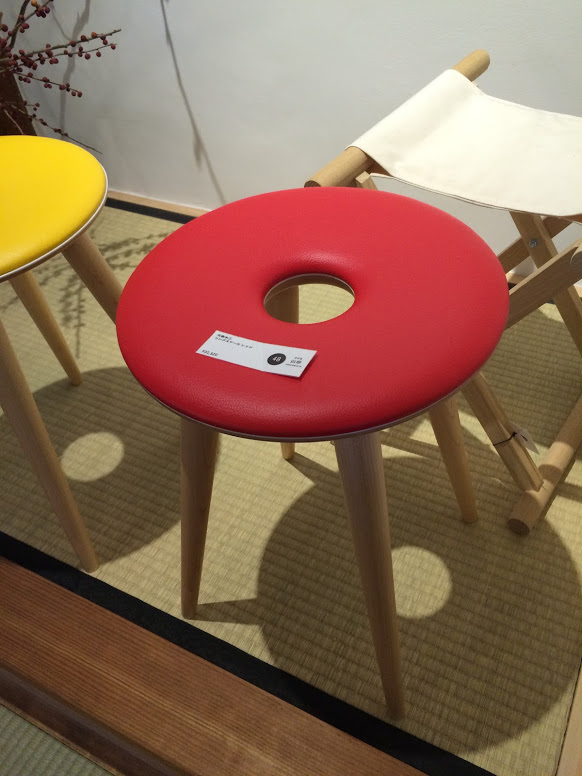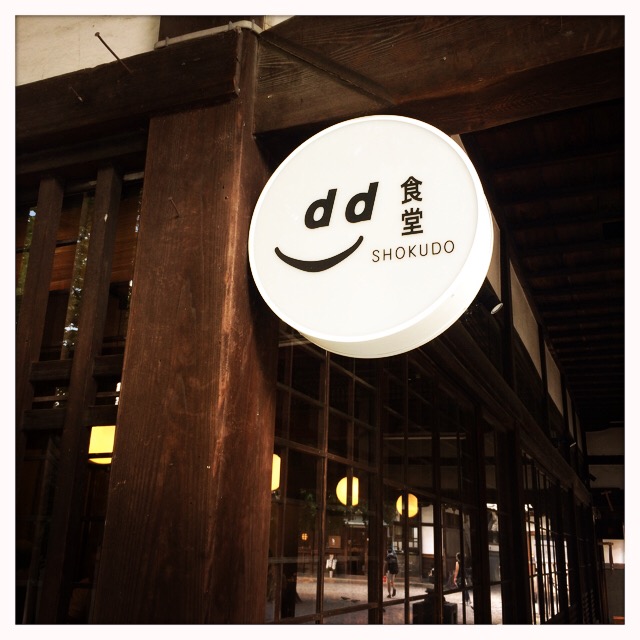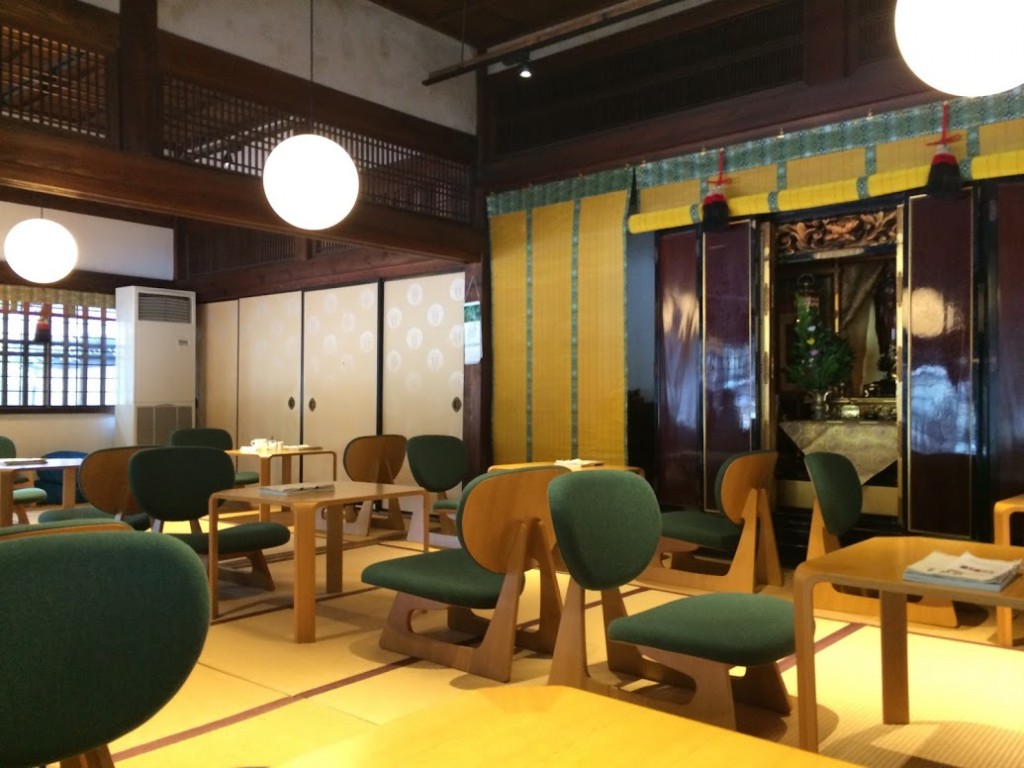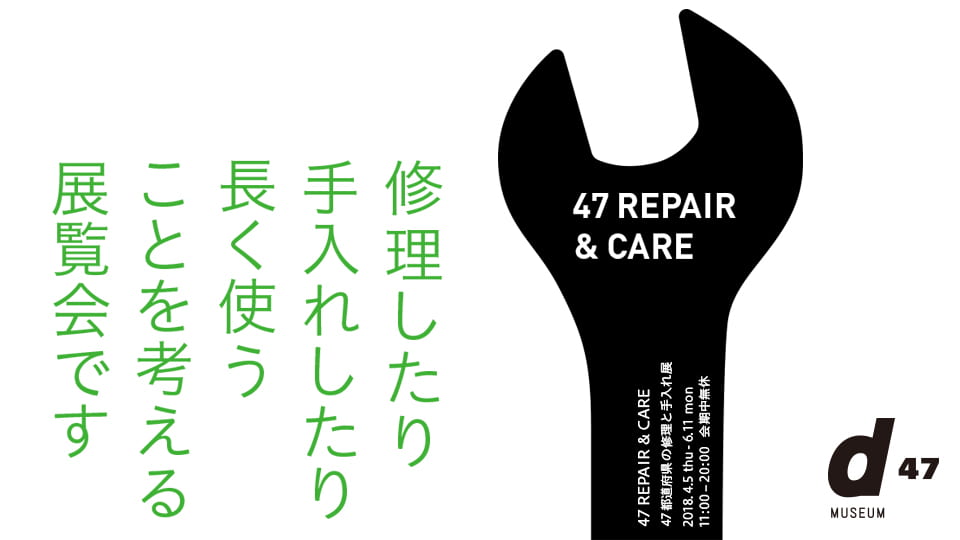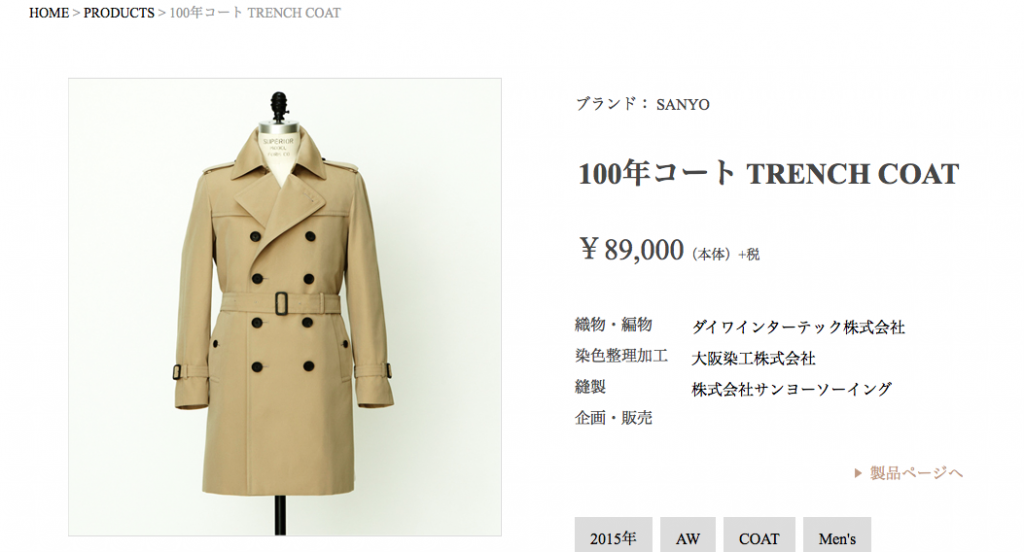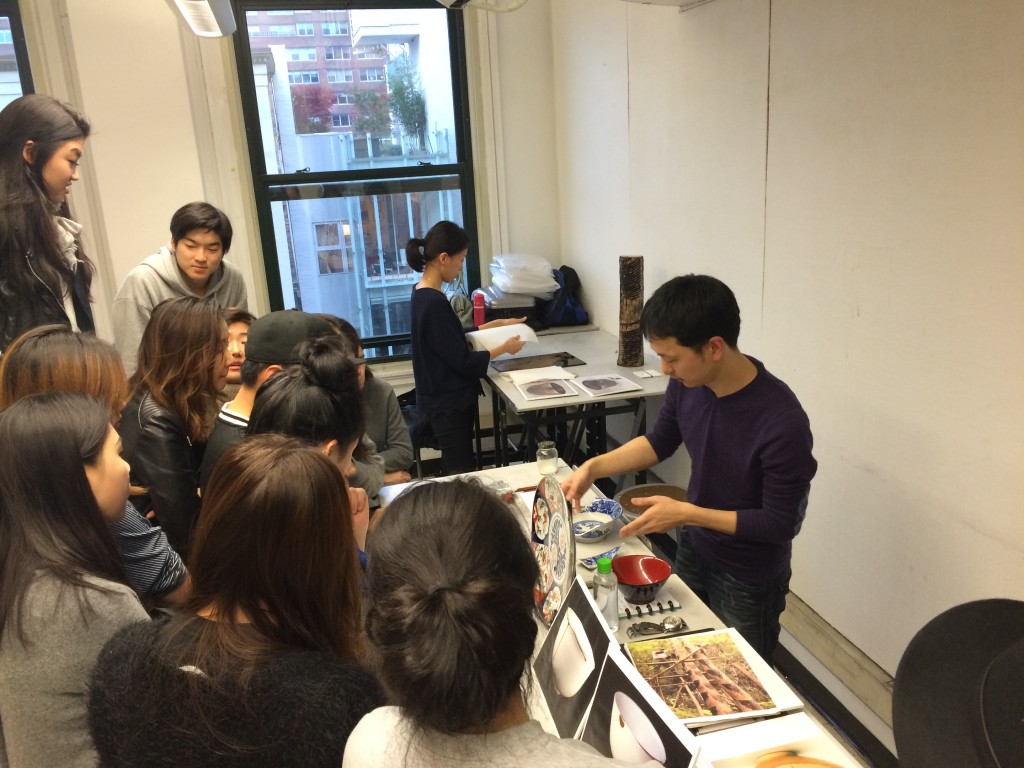Ten Long Life Design criteria
- Repair A system and method for repairing goods for continued use must be available.
- Cost The costs of goods must be set at a level that will allow the manufacturer to continue production
- Sales The seller must have strong will to convey its beliefs to consumers
- Manufacturing The manufacturer must be passionate about the process of “making”
- Function The product must be functional and easy to use
- Safety The product must be safe to use
- Planned Production The product must be produced in planned and foreseeable volumes
- User The product must lead its users’ attentions to broader issues
- Environment The product must be made with consideration of the environment in any age.
- Design The product must be beautiful.
The objects around us greatly inform our experience of the world. Objects can help us slow down and connect with one another, they can assist us with work or survival — and they can entertain and distract us. Objects also, often indirectly, shape how we value (or overlook) the material resources of the planet. What materials compose the objects you care about most? How long do you typically keep various objects in your life? Given current planetary realities, it is that essential designers create objects with great intentionality. What kind of long-life object might you design with these considerations in mind? What kind of object can you create today that will still be useful and useable in the future?
“All long-lasting things have an essential core. We created this place so that everyone could take the time to consider “long-lasting things.” By everyone, I mean our customers, staff and manufacturers of the products we sell. At their core, all long-lasting things have something that we value in our lives. It’s nice to keep up with trends, but it’s even more satisfying to incorporate things that have long existed in our community, into the foundation of our lives. We believe that these things can fill one’s life with fundamental strength and substance.
This place is neither just a store nor a restaurant. If there’s a problem with a product, we’ll have the manufacturer fix it. If we find something good, we’ll share it with everyone that gathers here. Our hope is that this place will make more people aware of long-lasting, meaningful things.” – Kenmei Nagaoka, D&Department Founder
Kyoto University of Art and Design (Sakyo-ward, Kyoto/ President Kazuo Oike), D&Department (CEO Kenmei Nagaoka) and the religious organization Shinshu Bukkoji-ha (President Ryoichi Sasaki) have collaborated to open D&Department, a select shop under the theme of “long life design” inside Honzan Bukko-ji temple in Kyoto, Japan.
“Long life design’ literally means a design which life will last for long time, or in other words, a universal design that will not die out according to the times or be affected by trends. Just like other previous stores, D&Department Kyoto will carry items selected from all over Japan without limitations on age, brand, whether it’s new or used, reconsidering functionality and design of the object itself. The 99 square meter wagosho building inside Honzan Bukko-ji temple was renovated for the shop with more than 400 items including food products and publications, making this shop a department store of long life design. The shop will explore and introduce traditional art and crafts, local industries and local long life designs, while inviting artisans and artists for workshops and talk events to re-discover the uniqueness of Kyoto and to spread its appeal. There will be a gallery and space for Kyoto tourist information, making it more than just a store but a place where various design movements are seen. Formally a tearoom used for morning sermons and as a local community space, at “d Dining”, visitors can enjoy Japanese dishes cooked with local seasonal ingredients or Japanese tea and coffee. Other food events will be planned to make this a space where people can interact through food.
…
The entire process, from negotiation with selected manufacturers and shop set up, planning and gallery event organizing, was carried out by the students. In August, a study group “an easy-to-understand Temple” was held, inviting a priest from Bukko-ji temple, to reconsider the significance of opening a shop inside a temple. This is the first time that a “temple” and a “university” have cooperated to run a commercial project, spreading the attraction of regional areas through design. It is gaining attention for being a new model of design education and a new way of evaluating things through the transformation of religious establishments for the future.”
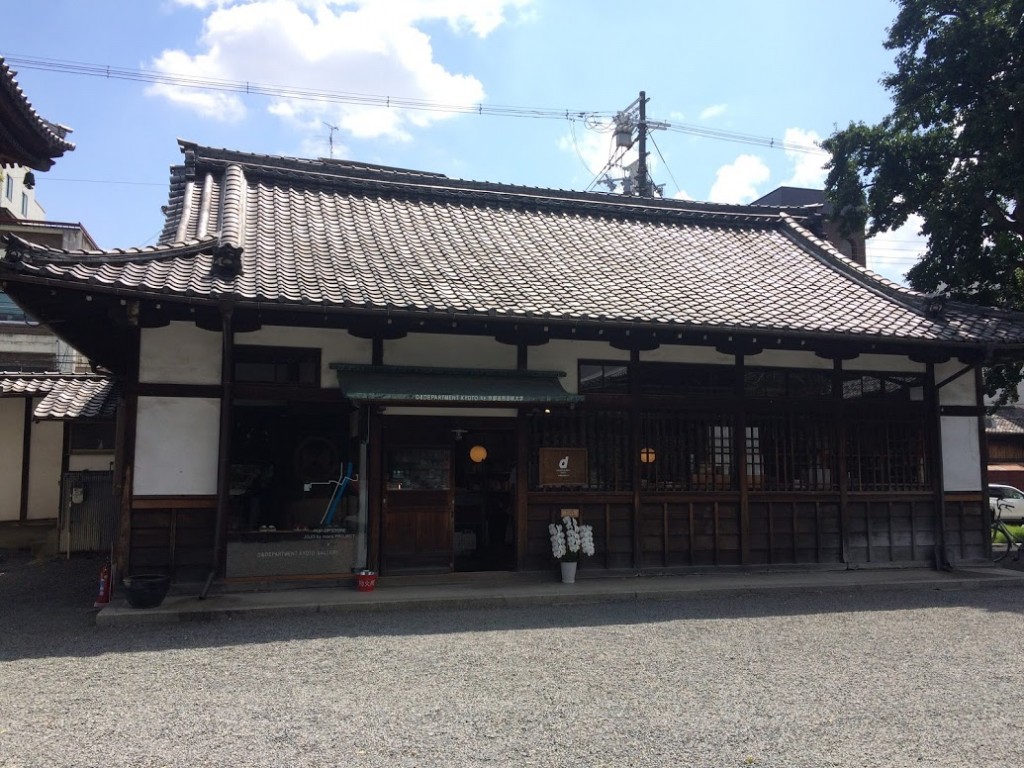
All objects sold in the D&Department stores must meet the ten Long Life Design criteria.


Kombu seaweed produced by a manufacturer for 110 years.
The number in the black circles shows how long the manufacturer has been making this object (i. e. the blue circle means the time has been in production 78 years.).
Long Life Design store collaboration among Kyoto University of Art and Design, Bukkoji Temple and d&department
“We at D&DEPARTMENT have consistently promoted “long-life design,” a term we use to describe those things in our lives we’re able to enjoy for many years, whose design passes the test of time. We view long-life design as not just a matter of form and structure, but also of how things are made and sold, how they’re repaired and cared for—the whole set of conditions that gives them longevity. As the era of mass production and consumption winds down, and more and more young people choose not to buy and have so many things, we believe the comfort of being able to use something for a long time by repairing and caring for it is an increasingly important factor in what people choose to buy. This exhibition captures that line of thinking.
The exhibition highlights how people in each prefecture draw on distinctive local resources, techniques, and customs to repair and care for the things we use in our everyday lives. For example, visitors can have cracks in their lacquerware repaired and color restored by expert craftsmen using unique, locally sourced materials. The exhibition will also offer resurfacing of cutting boards by woodworkers and stain-removal kits developed by a long-established soap maker.
We hope our exhibition will give visitors an opportunity to reflect—from the maker’s, seller’s, and user’s perspectives—on the value of keeping our most treasured things in use through repair and care.”
d47 MUSEUM Miho Kuroe
____
Related content:
The 100 Year Trench Coat : J Quality Design
Guest Gen Saratani, Fall 2015 on Kintsugi: The Art of Repair, Accessible to All
Sri Textile Showroom, Greenpoint (Boro designs)
COLORS magazine #81 TRANSPORT:
“How do you make a boat from garbage? How do you carry fifteen people on a motorbike? How do you build a submarine in your attic? COLORS 81 explores where, why and how individuals are designing new ways of getting around.
The world’s transport systems are over 90% reliant on oil, and oil is running out. Whether driven by local constraints or simply chasing their dreams, the inventors we’ve found, their strange vehicles and extraordinary stories are proof of the power of human ingenuity to solve problems.”
______
“We have made “Craftwork of Japan and Asia” as one of the pillars of our collection in order to deepen the understanding toward Asia through craftwork familiar in our daily lives. Craftwork enriches a variety of situations in our daily lives and connects the hearts of assembled people. It has been observed that hopes for peace and prosperity are shared among craftwork’s designs even when the place and time are far away. Moreover, craftwork has encouraged the exchange of people, culture, economy and technology by circulating as commodities and gifts. Positive measures have been taken to build a peaceful world without war based on the principle of “creating peace” in Hiroshima Prefecture. Under these circumstances, exchanges through culture can be effective for the formation of a fundamental undercurrent in fostering mutual understanding and respect. The world is connected by culture and there is a force that connects the world vividly appears in craftwork that reflects the hopes of people intimately and had been circulated across national borders [my bold]. We would like to make this an opportunity to consider maintaining and building peace with culture through the “Craftwork of Japan and Asia.”
– From the curatorial statement of the exhibition Commemorations of the Exhibition “War and Peace” The Craftwork of Japan and Asia — Connected Hearts, Foundation of Peace, part of the exhibition, The 70th Anniversary of the Atomic Bombings on Hiroshima and Nagasaki: War and Peace at the Hiroshima Prefectural Art Museum, August 2015
